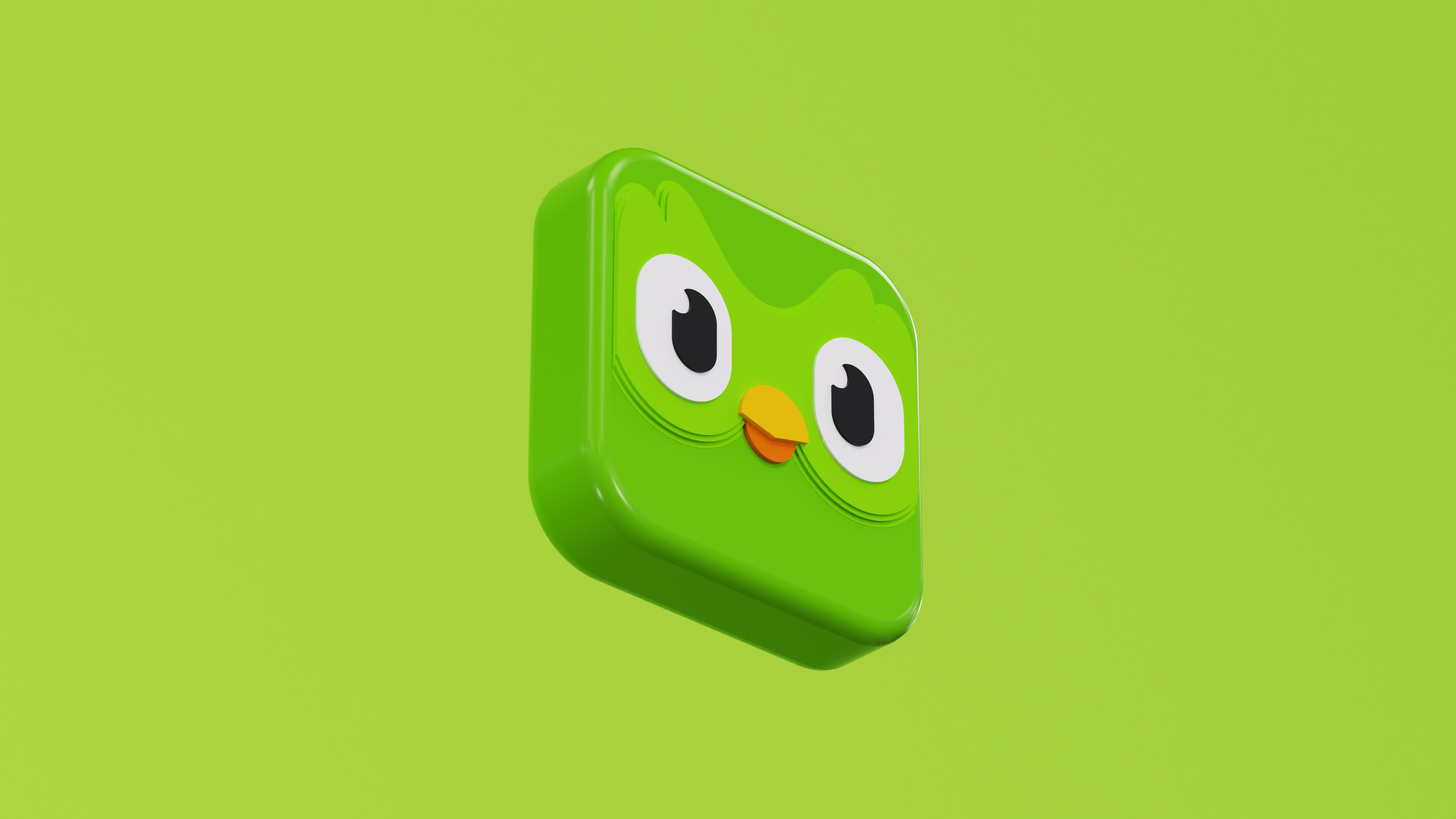My Journey Through Duolingo, Google, and Beyond: Unveiling UX Insights
 Abraham Lawal
Abraham Lawal
In a digital age where apps and websites dominate our daily lives, the user experience (UX) can be the difference between a delightful journey and a frustrating ordeal. Let's embark on my personal journey through two popular apps, Duolingo and Google, to explore what makes them tick and what occasionally leaves me scratching my head.
Duolingo: A Language Learning Odyssey

Like millions of language enthusiasts, I've turned to Duolingo to brush up on my language skills. Here's what I adore about it:
Gamification Done Right: Duolingo has mastered the art of gamification. Earning points, streaks, and leveling up make learning feel like an adventure rather than a chore. The satisfying ding when you answer correctly is motivating.
Visual Simplicity: The minimalist design makes it easy to focus on the content. Lessons are bite-sized, and the progress tracker keeps you engaged.
Community Engagement: The social aspect, where you can compete with friends or strangers, adds a layer of fun and accountability. I earned 2000xp in a day because I wanted to beat someone.
Free Access: Duolingo's free plan is generous. You can learn a language without paying a dime.
However, there are a few things that makes me frustrated:
Ads and Monetization: While the app is free, the constant barrage of ads, and the push to subscribe to Duolingo Plus, can be a turn-off.
Progress Hurdles: At times, it feels like the app artificially slows down your progress to encourage subscription. The "health" system, which penalizes mistakes, can be particularly frustrating.
Google: Navigating the Digital Universe
Google is the omnipresent behemoth of the digital world. Here's what makes it an integral part of our lives:
Search Wizardry: Google's search engine is still unrivaled. Its ability to understand context and provide relevant results remains impressive.
Integration Galore: Google's ecosystem is a seamless web of interconnected apps. From Gmail to Google Drive, they work harmoniously, making our digital lives more manageable.
User-Centric Design: Google's clean and intuitive interface lets you get things done without any unnecessary clutter.
However, Google isn't without its disadvantages:
Privacy Concerns: The ubiquitous nature of Google means it knows a lot about you. For some, the data collection feels intrusive and raises privacy concerns.
Overwhelming Features: Google's apps often come with an array of features, some of which are buried deep within menus. It can be overwhelming to discover and learn how to use all of them.
Beyond Duolingo and Google: A Lesson in UX
My journey through Duolingo and Google reveals that good UX is about balance. Duolingo's gamified approach and visual simplicity make learning a language engaging, but ads and aggressive monetization can detract from the experience. Google's search prowess and ecosystem integration streamline our digital lives, but privacy concerns and feature overload give pause.
The key takeaway? A great user experience isn't just about the absence of frustration but the presence of delight. It's about finding that sweet spot where functionality meets simplicity, where engagement feels natural, and where privacy and data collection practices are transparent.
As we navigate the ever-evolving digital landscape, these insights help us not only appreciate the apps we use but also demand better user experiences, shaping the digital world to better meet our needs.
Subscribe to my newsletter
Read articles from Abraham Lawal directly inside your inbox. Subscribe to the newsletter, and don't miss out.
Written by
